Capturing the perfect photos of your little one can be a daunting task. From newborns to toddlers, babies come in all shapes and sizes, and capturing them in the right way can make or break your photo album. Whether you’re a professional photographer or a proud parent trying to snap some memorable shots, there are a few tips and tricks to keep in mind when photographing babies of different ages. With these tips, you’ll be able to capture the best possible photos of your baby that you’ll cherish for years to come. Photographing babies of different ages can be a challenge.
It can be difficult to know which poses are best for each age, what angles will bring out the best features, and which lighting will be most flattering. When it comes to taking photos of babies, it is important to consider the age of the baby as this will determine the type of poses that can be used. When photographing a newborn, safety should always be the primary concern. Make sure to use props that are non-toxic and age-appropriate, and ensure that the baby is always supported and comfortable.
Try keeping the baby wrapped in a swaddle or blanket to keep them warm and cozy, and look for natural poses that allow you to capture their features. When photographing a baby between 4-6 months old, you can start to incorporate props into the photos. Simple props like buckets, baskets, and blankets can add a playful element to the photos. At this age, babies are able to hold their heads up and may even be able to sit up on their own.
You can also use props like toys or books to help them stay in one place. At 9-12 months old, babies are starting to become mobile and may not stay in one place for long. You can still use props like buckets and blankets, but you may need to be quicker when taking the photos. At this age, babies are beginning to show their personality and may respond better if they are given something to interact with.
As babies move into the toddler years, they will be more active and may need more direction when posing for photos. Look for activities that they enjoy doing, such as playing with toys or reading books, and use these activities as a way to capture natural poses. It is important to remember that toddlers have short attention spans and will likely need frequent breaks in between photos. When taking photos of babies of all ages, it is important to pay attention to the lighting and angle of the shot.
Natural light is generally best for photographing babies and can help bring out their features in the most flattering way possible. Try shooting from different angles and experiment with different types of lighting until you find a combination that works best for your subject.
Editing
Once you’ve taken your photos, you may want to do some editing in order to make them look their best. Editing tools like Lightroom or Photoshop can help you adjust colors and enhance details in your photos. When editing photos of babies, it’s important to keep it subtle; don’t overdo it or the photo will look unnatural.Lighting
When photographing babies of any age, lighting is key.Natural light is often the best choice as it creates a soft look that is flattering for all ages. If you’re indoors, avoid using harsh overhead lights as this can create shadows on the face that are unflattering. Instead, try using lamps or window light to create a softer, more flattering look.
Backgrounds
The background of your photo is important as it sets the tone for the photo. When photographing babies of all ages, it’s best to keep the background simple.Look for plain backgrounds such as a white wall or bedsheet that won’t distract from the focus of the photo—the baby! Opt for solid colors rather than busy patterns or prints. These can overwhelm the photo and take away from the beauty of the subject. When possible, use natural backdrops such as a beautiful garden or park, but remember to keep the baby as the focus. Keep an eye out for shadows and glare when choosing a background. Make sure there aren’t any harsh shadows that will distract from the baby’s features.
Also, watch out for bright light that could create glare on the baby’s face. Photographing babies of different ages can be a challenge, but it’s also incredibly rewarding! With the right lighting, backgrounds, and editing techniques, you can create beautiful images that capture your little one’s personality and spirit. Don’t forget that patience is key—take your time and enjoy the process!.

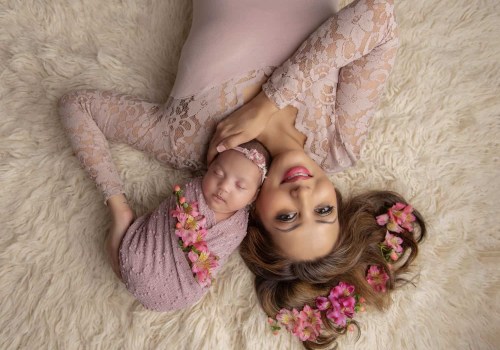
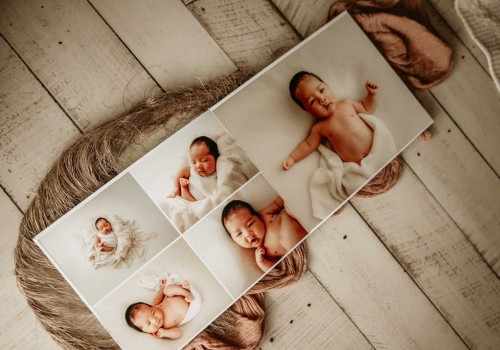
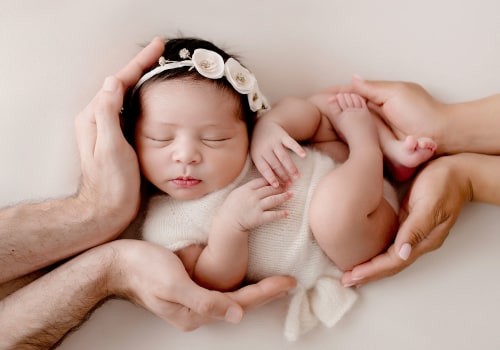
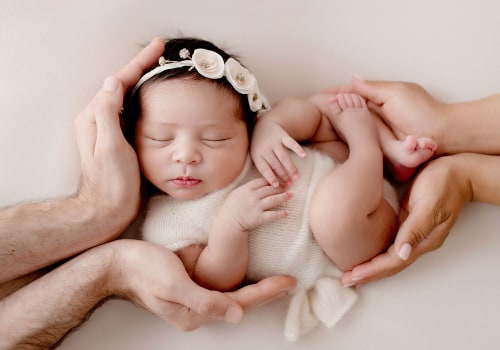
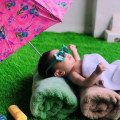
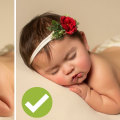
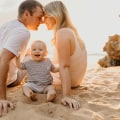
Leave a Comment